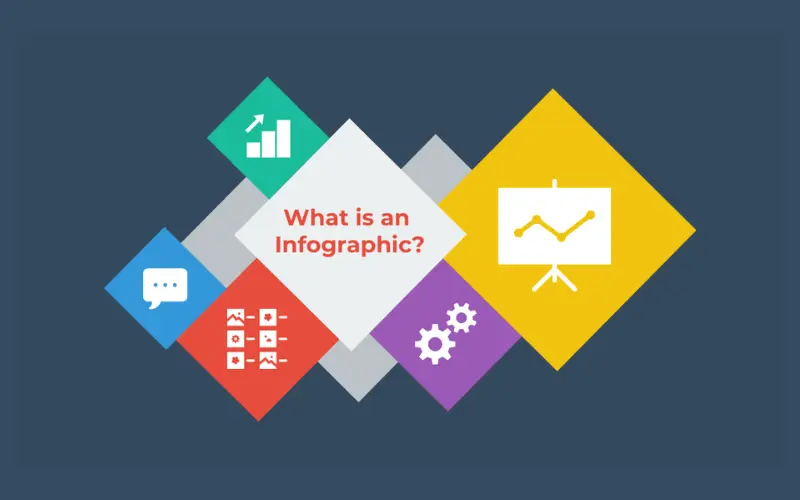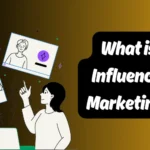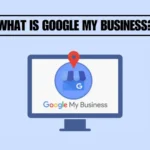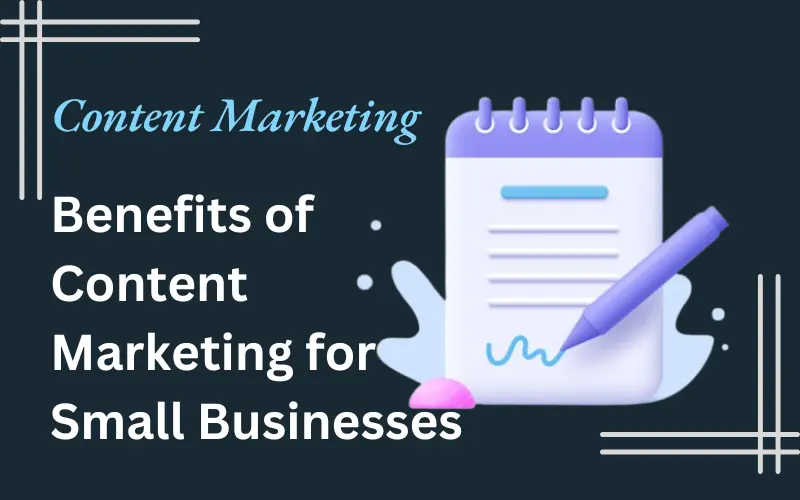Recently updated on January 4th, 2025 at 11:37 am
In today’s information-rich environment, infographic capturing and maintaining attention is a difficult undertaking. Here is where infographics come into play. They’re not just visually stunning; they’re also extremely effective at communicating complex information in a simple, engaging manner. So, what exactly is an infographic? Let’s go into the notion, examine its advantages, and discover its different applications.
What is an Infographic?
An infographic is a visual illustration of information, facts, or expertise that helps people understand complicated ideas. Infographics, which combine text, images, and design elements, offer information in an interesting and memorable style. They are frequently used to clarify complex topics, display facts visually, or tell a story using visuals.
Infographics can take many forms, including:
- Statistical Infographics: Focus on presenting data and statistics visually using charts, graphs, and icons.
- Timeline Infographics: Highlight a sequence of events or progress over time.
- How-To Infographics: Provide step-by-step instructions in an easy-to-follow format.
- Comparison Infographics: Showcase differences or similarities between two or more items.
- Informational Infographics: Share insights or explain a concept in a visually appealing manner.
Examples of Infographics
Here are some typical circumstances in which infographics shine:
- Marketing campaigns: Brands use infographics to display customer statistics, product benefits, or industry trends.
- Educational Content: Teachers and educators create infographics to explain scientific processes, historical timelines, or mathematical concepts.
- Healthcare: Hospitals and clinics design infographics to share health tips, symptoms of diseases, or vaccination benefits.
- Social Media Posts: Infographics are widely used on platforms like Instagram, Pinterest, and LinkedIn to engage audiences with visually digestible content.
Benefits of Infographics
1. Simplify Complex Information
Infographics simplify complex concepts into digestible pictures, making them easier for audiences to understand.
2. Increase Engagement
People are naturally drawn to pictures. Infographics capture visitors’ attention and motivate them to interact with the information you provide.
3. Boost Information Retention
According to studies, individuals remember visual information more well than plain text. Infographics help your message stick.
4. Enhance Brand Awareness
Custom-designed infographics can combine your business’s colors, logo, and style, thereby increasing brand recognition.
5. Drive Traffic and Shares
Well-designed infographics are widely shareable, directing people to your website or social media pages.
Uses of Infographics
1. Marketing and Advertising
Marketers use infographics to describe product features, illustrate customer journeys, and visually highlight industry trends.
2. Education and Training
Infographics are a fantastic way to display educational materials in classrooms, training programs, and seminars.
3. Business Presentations
Integrating infographics into company presentations can make data and ideas seem better and easier to understand.
4. Blogging and Content Creation
Bloggers utilize infographics to supplement their content, making them more visually appealing and shareable.
5. Social Media Strategy
Infographics are ideal for platforms like Instagram, Pinterest, and Facebook, where visually appealing material is essential.
Tips for Creating Effective Infographics
- Understand Your Audience: Tailor your infographic’s content and style to your target audience.
- Keep it Simple: Avoid overloading the design with too much information.
- Use High-Quality Graphics: Ensure your visuals are clear, professional, and aligned with your message.
- Highlight Key Points: Make the most important information stand out with size, colour, or placement.
- Include a Call to Action: Encourage viewers to take the next step, whether it’s visiting your website or sharing the infographic.
Conclusion
Infographics are an excellent way of delivering information and making a lasting impression on your audience. Whether you’re educating, marketing, or entertaining, using infographics in your strategy can help elevate your message and increase its effect. With their variety and visual appeal, infographics are an essential tool for modern communication.






